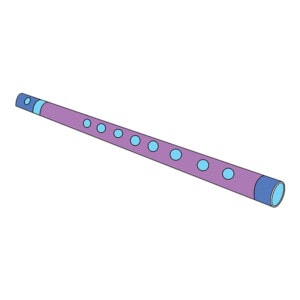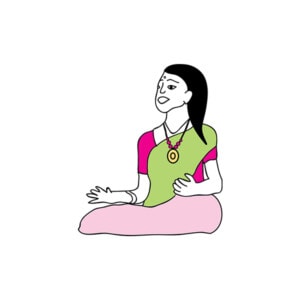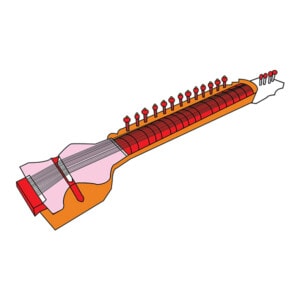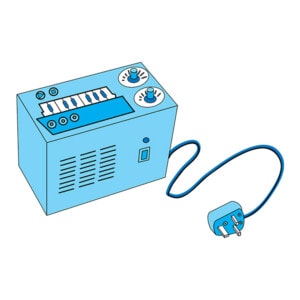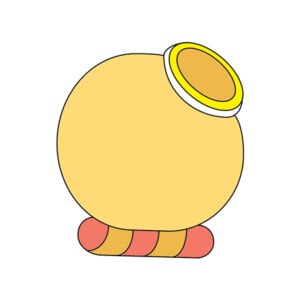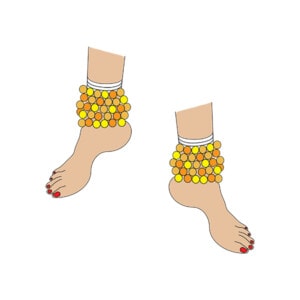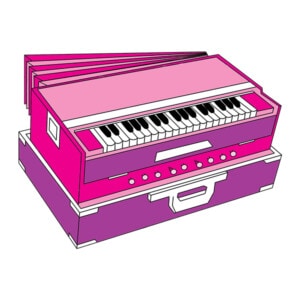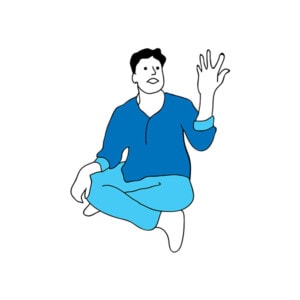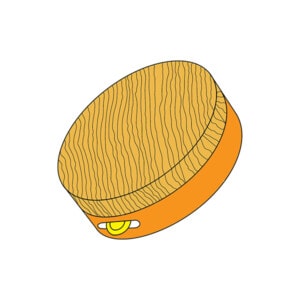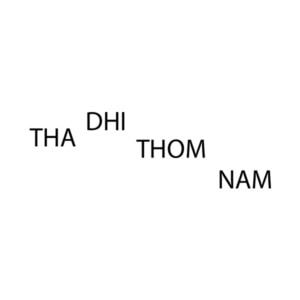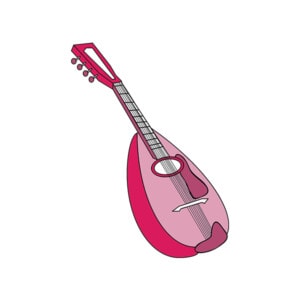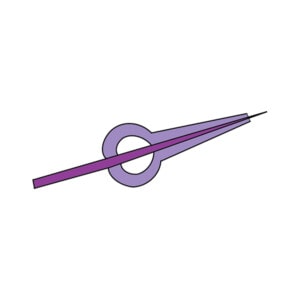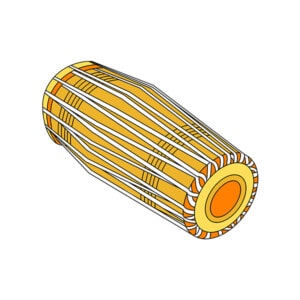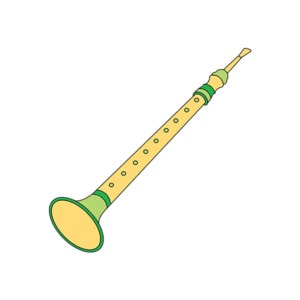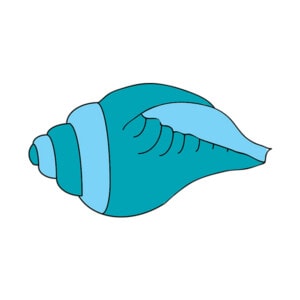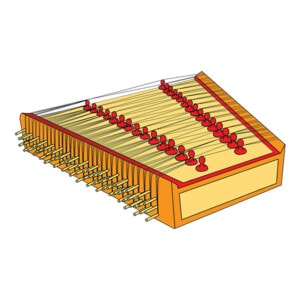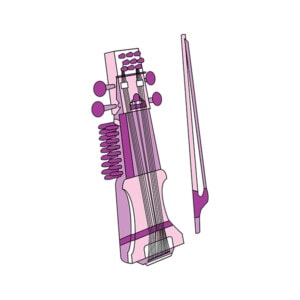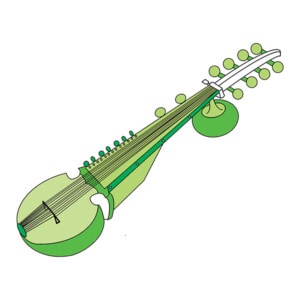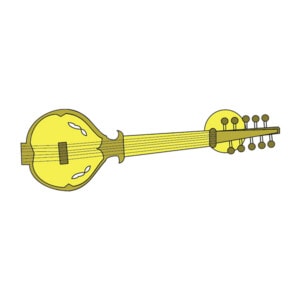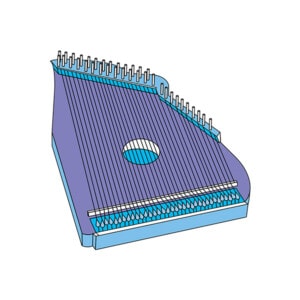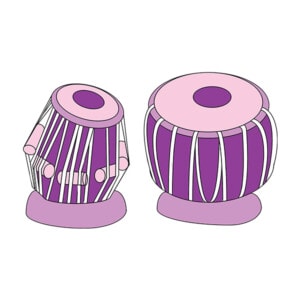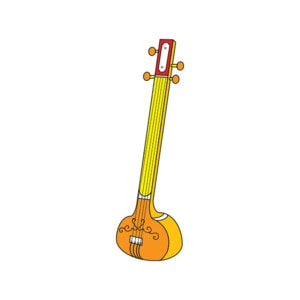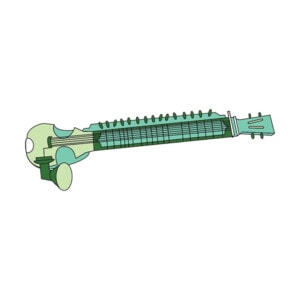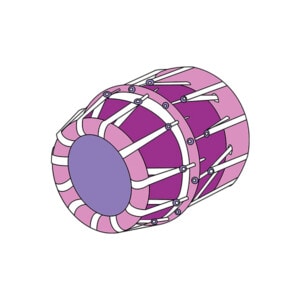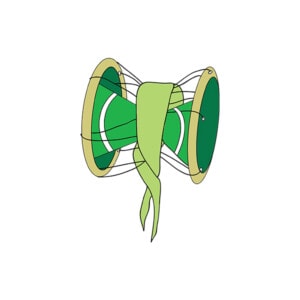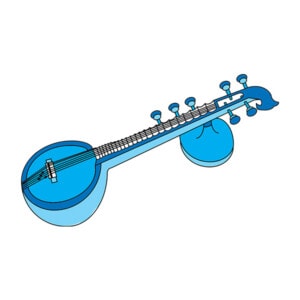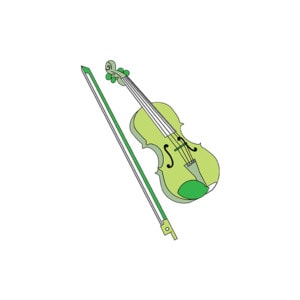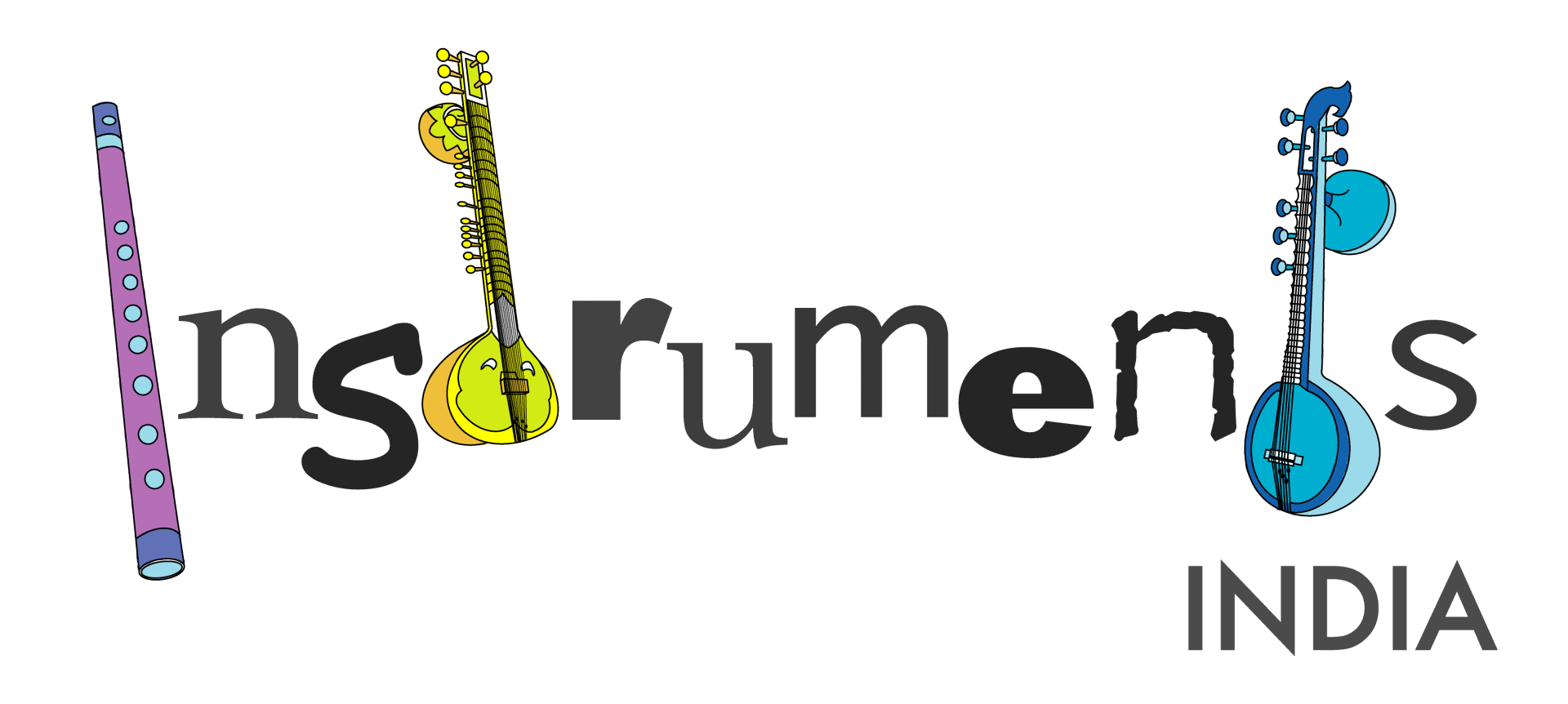
Explore the fascinating genre of Indian music through our archive of images, sounds and videos. Instruments India is a rich and varied resource, and you can discover the background of each instrument, how it is played, and the type of setting it is normally played in.
If you are a beginner, student, expert or music lover, you can now enjoy a preview to a performance, find out more about a concert you have just seen, or get some background information on instruments in different settings.
Instruments India is the result of a partnership between MILAP and LIVERPOOL HOPE UNIVERSITY.
Dilruba
The dilruba or Esraj is a string instrument found in certain northern and western states of India.
E-Tanpura
An e-tanpura are often used in concert by many performers as a substitute for tanpura performers.
Ghungroo
Gunghroo comprises of several small metallic bells that are strung together and tied around the feet of dancers.
Harmonium
The harmonium is an instrument that has its origins in the period of British rule in India.
Konnakol
Konnakol is the art of recitation of ‘solkattu’ which are the vocal syllables of the mridangam.
Morsing
The morsing is a Carnatic percussion instrument. It is a tiny instrument held in the left hand.
Nadaswaram
The nadaswaram is a wind instrument made of wood and metal that is found in both classical and folk traditions in South India.
Sarangi
The Sarangi is a fretless, bowed string instrument used in Hindustani classical music and folk traditions of north India.
Sarod
The sarod is a lute like instrument that has connections with the lute like instruments of the Christian era
Sitar
The sitar, a stringed instrument played by plucking, is one of the most well known Indian musical instruments.
Swarmandal
The swarmandal is a harp like instrument that is most commonly used as an accompaniment to Hindustani vocal music.
Udukkai
The udukkai is an hourglass shaped, membranous drum used in devotional and folk music throughout India.
Violin
The violin used in Indian classical music is similar to the one used in Western classical traditions.
